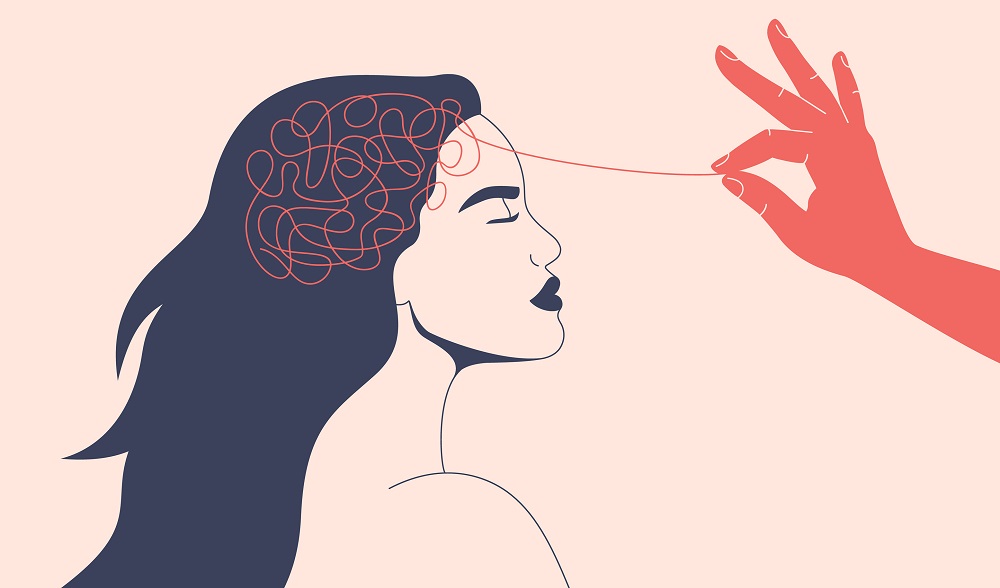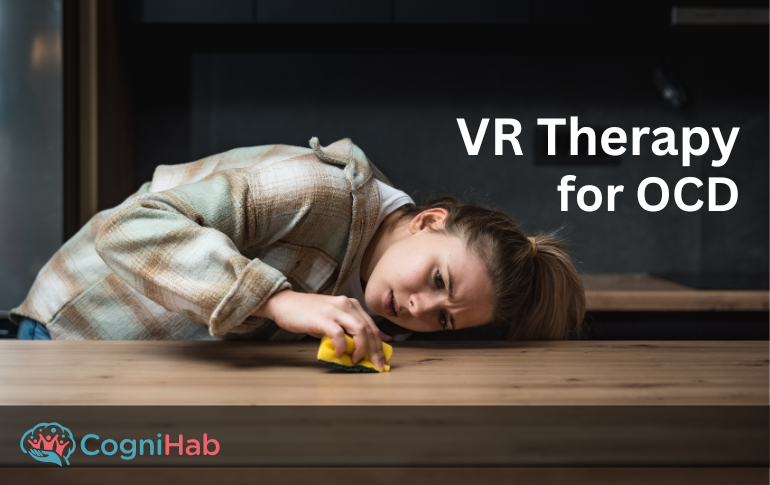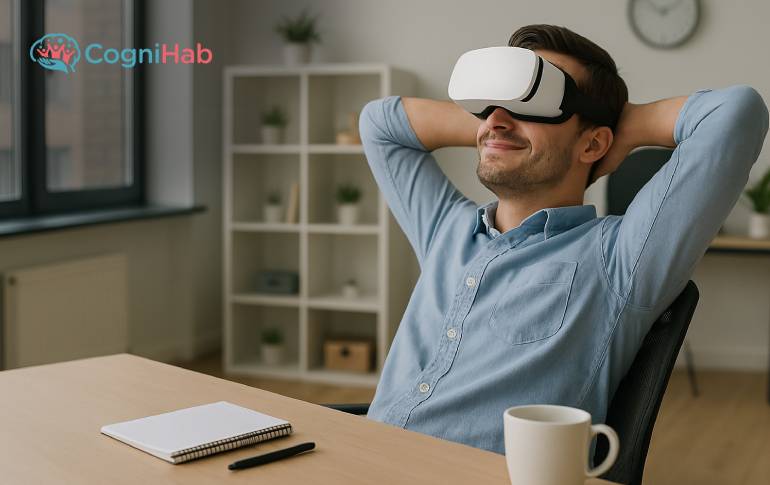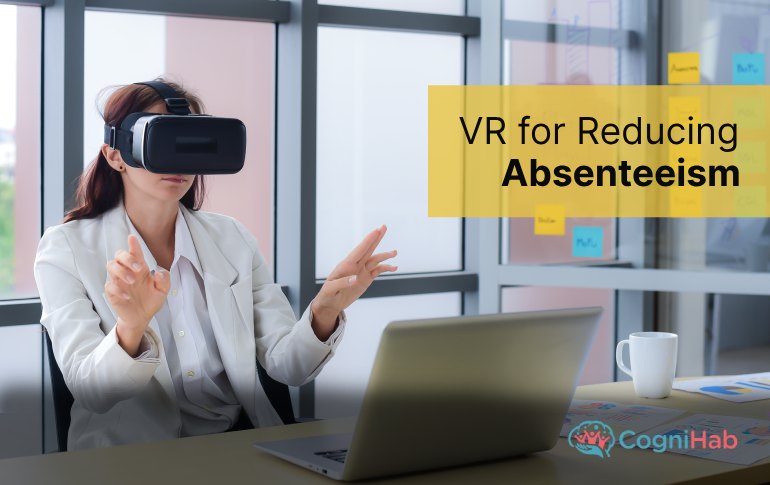Anxiety Disorder: Type, Causes, and Role of VR in Treatment
Everybody experiences anxiety occasionally. It's perfectly normal to feel anxious sometimes. However, anxiety turns into a very serious mental condition when it starts to control a person's daily life.
Even performing routine tasks is difficult for someone with an anxiety disorder. They might feel uneasy, have a panic attack, have a rapid heartbeat, and start to perspire or have a combination of any of these symptoms.
Your therapist may advise medication along with anxiety relaxation therapy, cognitive behavioral therapy, and VRET depending on your condition.
Types of Anxiety Disorder
1. Generalized Anxiety Disorder (GAD)
A GAD is characterized by a persistent feeling of fear or anxiety that can interfere with day-to-day activities. It is not the same as occasionally worrying or feeling anxious as a result of demanding life events.
For months or even years, people with GAD experience frequent anxiety. Some of the common symptoms experienced by patients include restlessness, fatigue, drowsiness, difficulty concentrating, irritability, frequent headaches, body aches, and disturbed sleep patterns.
2. Panic Disorder
People with panic disorder frequently experience unannounced panic attacks. Panic attacks are sudden episodes of extremely intense fear, discomfort, or a sense of losing control, even when there is no obvious danger or trigger.
Breathlessness, breathlessness, tingling, sweating, rapid heartbeat, and chest pain are some of the typical symptoms of panic disorder. People with panic disorder frequently try to avoid the triggers, such as locations and circumstances, in an effort to stop their next attack.
3. Social Anxiety Disorder
The fear of being observed and judged by others is common in people with social anxiety. Due to this intense fear, they avoid interacting with others in the workplace, classroom, and at social events.
Like GAD and Panic disorder, a social anxiety can cause a person to experience a rapid heartbeat, sweating, stomach ache, and body aches. In addition, the person might also come off as timid and speak too slowly to be heard. They avoid looking each other in the eyes as well.
4. Phobia Related Anxiety Disorder
A phobia is a severe fear of a particular thing or circumstance. Even though it's normal to feel anxious in some situations, phobia develops when people begin to shun a lot of things in the face of real danger.
For instance, someone with Aquaphobia might become anxious when they are near a body of water.
In addition to other symptoms like tightness in the chest or chest pain, people who have phobias may also experience sweating, trembling, hot flushes or chills, shortness of breath or a choking sensation, and a rapid heartbeat.
5. Separation Anxiety
Although it's a common misconception that only children experience separation anxiety, adults can also be diagnosed with the condition. Separation anxiety patients worry about losing touch with the people they value.
They frequently worry that the person they are attached to will suffer harm or go through unpleasant circumstances while they are apart.
6. Selective Mutism
Despite having normal language skills, it is a rare anxiety disorder that manifests as a failure to speak in certain social situations.
Selective mutism typically develops before the age of five and is frequently accompanied by extreme shyness, social anxiety, compulsive traits, withdrawal, clinging, and tantrums. Selective mutism is frequently co-diagnosed with other anxiety problem in patients.
Causes of Anxiety Disorder
The majority of research suggests that environmental and genetic factors may play a role in the development of anxiety. There are various risk factors for various types of anxiety disorders.
However, some people are more prone to the anxiety of any kind if they have experienced physical or emotional abuse. A person's traumatic experiences in childhood, adolescence, or adulthood frequently lead to anxiety issues.
Trauma and stress associated with early age are important contributors to the emergence of anxiety. Several physical health conditions, such as thyroid problems or heart arrhythmias Anxiety can be more likely if you take medication, drink coffee, or use other substances.
A person who has abused drugs in the past may be more susceptible to anxiety.
Virtual Reality for Anxiety Disorder
Renowned researchers advocated stating that virtual reality offers better relief for mental health problems. Any person with anxiety or phobias is purposefully placed in a trigger-heavy, simulated environment so they can confront their fears and take action.
The patient's particular condition can be taken into account when creating this simulated environment.
Here, we can use the earlier example of aquaphobia, in which a person experiences anxiety whenever they are near an aquatic area. The patient can be placed in a VR environment with a water body to trigger anxiety.
In parallel, the therapist may record the patient's response and inject changes as needed for anxiety relaxation therapy. Additionally, VRET ensures safety, allowing patients to try it at home and recover more quickly.
Conclusion
Trauma is something that many people today experience, according to the US Department of Veteran Affairs. In their entire lives, about 60% of men and 50% of women are exposed to at least one trauma.
Women are more likely to experience violence or sexual assault. Men are more likely to experience accidents, physical assault, war, natural disasters, or to see someone else die or be hurt.
However, with proper care and treatment Anxiety disorder can be treated. The only thing you need to discuss with your therapist is the effectiveness of VR in your case. The more you will be aware of your condition, the faster you can recover.







